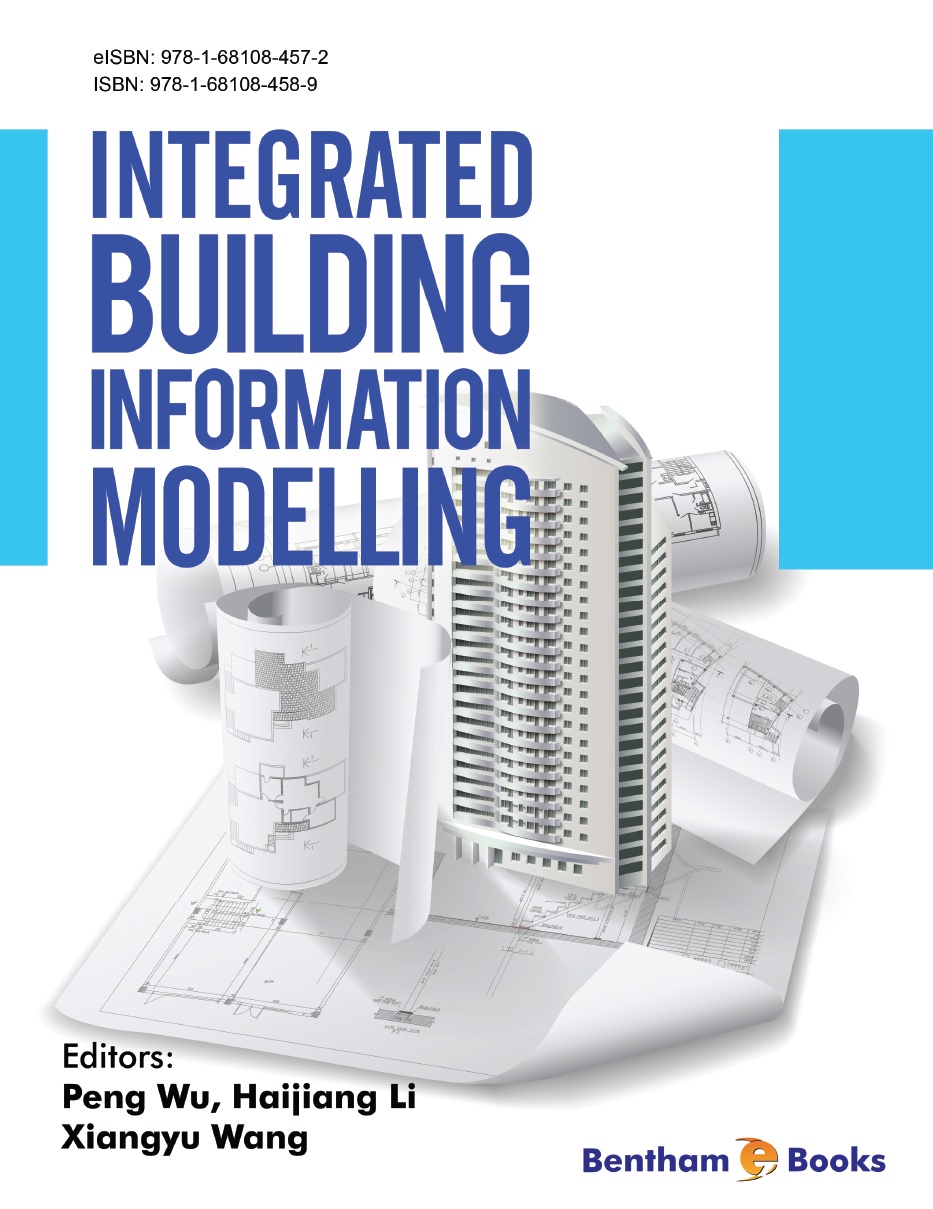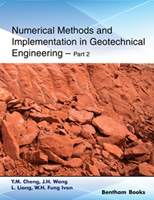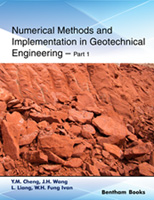Introduction
Building information modelling (BIM) is a set of interacting policies, processes and technologies that generates a methodology to manage the essential building design and project data in digital format throughout the building's life cycle. BIM, makes explicit, the interdependency that exists between structure, architectural layout and mechanical, electrical and hydraulic services by technologically coupling project organizations together.
Integrated Building Information Modelling is a handbook on BIM courses, standards and methods used in different regions (Including UK, Africa and Australia). 13 chapters outline essential information about integrated BIM practices such as the BIM in site layout plan, BIM in construction product management, building life cycle assessment, quantity surveying and BIM in hazardous gas monitoring projects while also presenting information about useful BIM tool and case studies. The book is a useful handbook for engineering management professionals and trainees involved in BIM practice.





